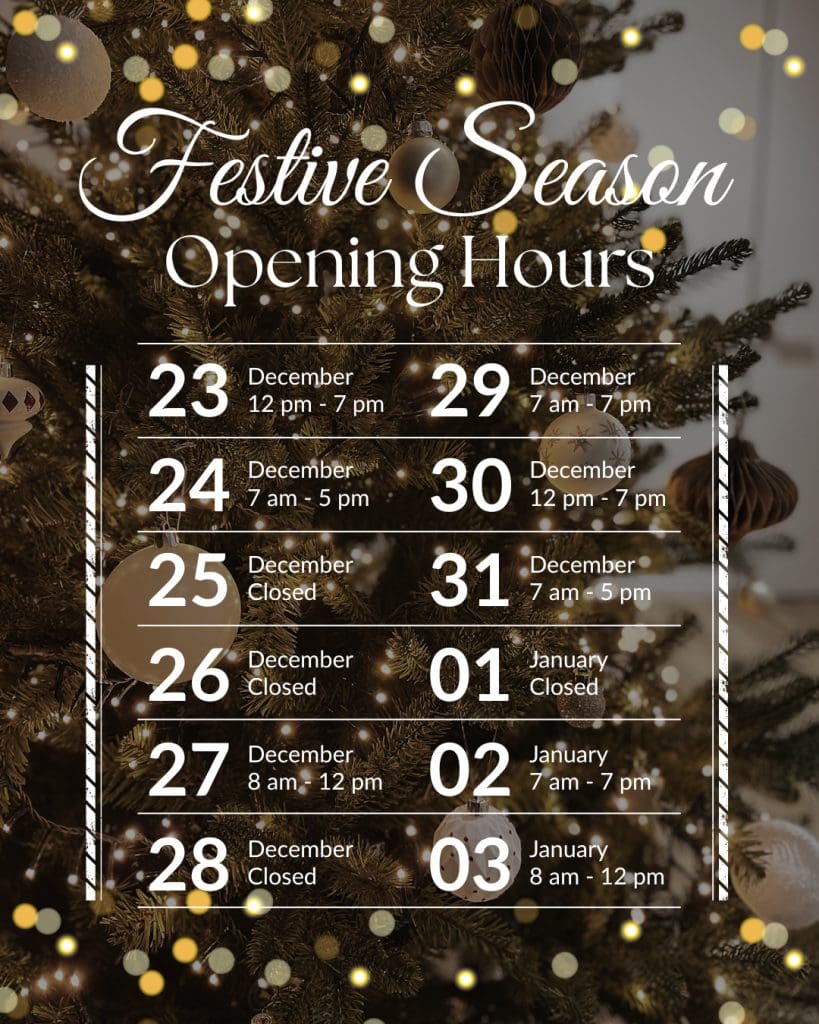Up to a 1 in 50 adults seek care for an episode of shoulder pain every year. Subacromial pain syndrome (SAPS) – also known as rotator cuff disease or shoulder impingement, is the most common diagnosis (1). Current guidelines recommend surgical treatment for SAPS that doesn’t respond to first line treatments (guided physical therapy, exercise programmes, analgesics and steroid injections). However, there is recent research that would question this notion and suggest that these guidelines need to be updated.
Historically, surgeons hypothesised that SAPS was due to impingement of tissues between two bones in the shoulder. This arose from the observation of tears of the rotator cuff in shoulders of cadavers, due to pressure from bony spurs that develop on the acromion. This premise led to the development of a surgical procedure called subacromial decompression (SAD), where the bony spur is removed to create more space in the area when impingement occurs. However, we have since learnt that this is not the source of pain.
Despite research trials dating back to 1993 and systematic reviews failing to demonstrate benefit from surgery (2), the number of SAD surgeries has risen dramatically in the past decade.
A couple of recent research papers (3&4) found the effects SAD surgery to be equal to the placebo effect. This prompted a review into the benefits of SAD surgery. An international panel consisting of patients and medical experts from a diverse range of backgrounds was assembled to perform a systematic review (5) of all the research literature to explore the question;
Do adults with non-traumatic shoulder pain (for more than 3 months and diagnosed as sub-acromial pain) benefit from SAD surgery?
The result was a strong recommendation against having SAD surgery, as this does not provide any additional benefit when compared to non-operative management. These findings were supported by a high level of evidence and were measured in terms of pain, function or quality of life after 1 year.
In terms of harm from SAD surgery, there was a moderate level of evidence that 5-6 patients per 1000 would experience serious harm. The study didn’t take into account the significant costs associated with surgery to the patient, in terms of out of pocket expenses and time off work.
So, to put it simply, both groups improved and by equal amounts when measured 12 months following treatment. But if we consider that the improvement provided by physiotherapy/exercise alone is the same as having SAD surgery, plus physiotherapy/exercise, then we must question why someone would undergo SAD surgery? This needs to be taken into account when discussing shoulder pain and the course of management.
At Central Bassendean Physiotherapy we can help you. Simply BOOK HERE or Call us to make an appointment at 9279 7411
References:
1.Mitchell C et al. Shoulder pain: diagnosis and management in primary care. BMJ 2005
2.Brox JI et al. Arthroscopic surgery compared with supervised exercises in patients with rotator cuff disease BMJ 1993.
3.Beard DJ et al. Arthoscopic subacromial decompression for subacromial shoulder pain (CSAW): a multicentre, pragmatic, parallel group, placebo group, three-group, randomised surgical trial. Lancelot 2018
4.Paavola M et al. Subacromial decompression versus diagnostic arthroscopy for shoulder impingement: randomised, placebo surgery controlled clinical trial. BMJ 2018
5.Lahdeoja T, et al. Subacromial decompression surgery for adults with shoulder pain: a systematic review with meta-analysis. Br J Sports Med 2019
Author

Lindsay Alsop
Senior Physiotherapist
Curtin University 2009
This month’s blog post is by our Senior Physiotherapist Lindsay Alsop.
Lindsay is a musculoskeletal physiotherapist who has worked in private practice since graduating. He prioritises functional outcomes for the patient when returning them from injury and strongly advocates physical activity to maintain a quality of life.
Lindsay has taken every opportunity to learn and upgrade his skills in shoulder treatment, hip and groin pain, elbow pain, gym rehabilitation and has a special interest in dry needling. Lindsay also has experience with sporting injuries working currently as a Physiotherapist for a mountain bike racing team and previously as supporting physiotherapist for a WAFL club.

